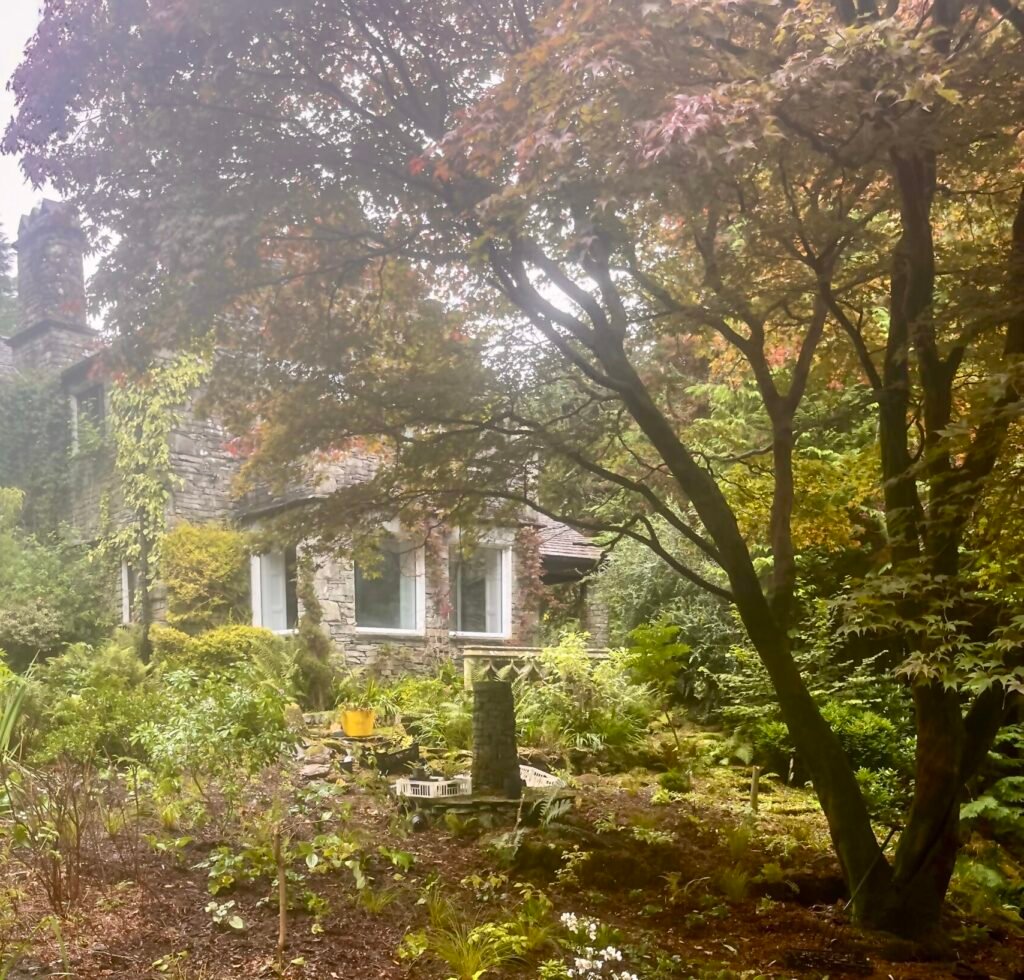From Sycamores & Field Maples to ornamental specimines such as Japanese & Norway Maples
Pruning Acers: Commonly known as maples—ranging from towering native trees like sycamore and the smaller field maple to delicate ornamental Japanese maples admired for their intricate foliage. Although these species belong to the same botanical family, their pruning needs differ significantly. Knowing how and when to prune each type is essential for protecting tree health, encouraging good form, and showcasing their natural beauty.
Below, we break down the key techniques for pruning the most common Acers found in gardens and landscapes.
Why Prune Maples?
While many maples are relatively low-maintenance, pruning offers several benefits:
- Improves structure and stability
- Controls height and spread
- Removes diseased or storm-damaged branches
- Enhances airflow and natural shape
- Encourages bushier growth in young trees
However, maples are prone to “bleeding” sap, so correct timing is critical.


Pruning Sycamores Acer pseudoplatanus
Sycamores are vigorous, fast-growing trees often found in parks, woodlands, and large gardens. They respond well to pruning but can quickly outgrow smaller spaces if left unchecked.
When to Prune Sycamores
Prune mid-summer, after the main flush of growth. This reduces sap flow and lowers the risk of fungal infection.
How to Prune
- Start with dead, damaged, or crossing branches.
- Thin overcrowded limbs to allow better airflow through the canopy.
- Avoid very heavy reductions. Severe cutting can stimulate excessive regrowth.
- Maintain strong structural branches. Sycamores can be prone to heavy limbs—careful weight reduction helps long-term stability.
Sycamores tolerate pruning better than most maples, but regular smaller cuts are still far better than infrequent drastic ones.
Pruning Field Maples Acer campestre
Field maple is a native hedgerow favourite and makes a beautiful small tree or informal hedge.
When to Prune
Like sycamores, prune in mid-summer to prevent sap bleed but be mindful of wildlife. It’s illegal to disturb nesting birds. For hedges, pruning can be done in late summer or early autumn.
How to Prune
- Thin lightly to maintain natural shape.
- Remove congested inner branches to prevent shading and encourage balanced growth.
- For hedges, trim annually, keeping the shape slightly tapered at the sides.
- Avoid pruning in spring, when sap rise is strong.
Field maples respond reasonably well to pruning, but large cuts should still be avoided when possible.
Pruning Japanese Maples Acer palmatum & Acer dissectum
Japanese maples are prized for their delicate leaves, graceful structure, and wonderful colour. They make spectacular specimin trees with varieties suitable for green spaces small and large.

When to Prune Japanese Maples
The ideal time is late summer to early autumn, when the tree’s sap flow is low and the structure is visible.
How to Prune
- Minimal pruning is best. These trees naturally form elegant shapes.
- Remove any dead twigs or branches—often found inside the canopy.
- Trim crossing or rubbing branches to preserve clean lines.
- Thin lightly to reveal the tree’s natural architecture, especially in dissectum varieties.
- Avoid heavy pruning or hard reductions. Japanese maples do not recover well from drastic cuts.
Never prune in winter or early spring; new cuts may bleed heavily and weaken the tree.
Pruning Norway Maples (Acer platanoides)
Norway maples are hardy, robust trees with broad canopies and bright spring colour. They tolerate pruning but still benefit from thoughtful technique.
When to Prune
Prune late summer, following the same sap-control principles as other acers.
How to Prune
- Remove low or inward-growing branches to maintain a strong central structure.
- Thin dense canopies to improve wind resistance and light penetration.
- Keep cuts moderate. Norway maples can produce vigorous regrowth if heavily reduced.
Because Norway maples can grow quite large, regular formative pruning while young is useful for managing long-term shape.
Final Thoughts
From stately sycamores to delicate Japanese maples, every Acer benefits from mindful pruning timed to reduce sap bleed and encourage natural form. The key is to prune lightly, strategically, and at the right time of year. With a little care, your maples will reward you with stronger structure, healthier growth, and even more spectacular seasonal colour.
Need some more advice or help? Contact us and find out how we can help.
